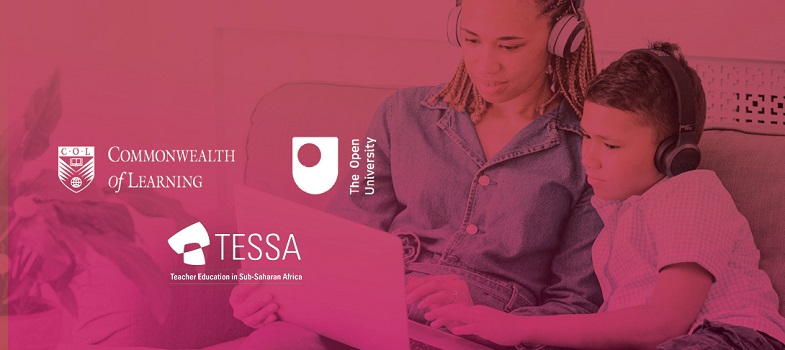Week 4: Working with communities, families and stakeholders
3. Working with stakeholders - teams across the community
3.1. Working with stakeholders- outside agencies
In this section you are going to read an example of an outside organisation, an NGO, working with schools and communities. As you read, reflect on how working together can bring benefits. Think about how this joint work might succeed in improving lives and attitudes in very practical ways such as developing new teacher training or having more classroom resources.
|
Example: Itinerant teachers in Sierra Leone In Sierra Leone Abdul is a specialist inclusion teacher who travels to support children and teachers to create inclusive schools. Abdul enjoys this role: he doesn’t just work in one school he works in many. On a typical day his work is supporting teachers, another day working with learners and their parents. Most of the work is about adapting for mild learning disabilities such as attention and behaviour difficulties and children do not need a medical diagnosis to join the programme In one school he sits with a group of teachers to make classroom resources painting brightly coloured plastic bottles. In another school he observes an unqualified teacher in a classroom and makes suggestions so a child can be included. This is hands-on professional development inside the school and builds up resources, ideas and an inclusive culture. Abdul supports Aimee, 8, who has difficulty grasping a pen because of weakness on her left side and has fallen behind her peers with reading and writing. Twice a month he visits Aime in school and at home to see how she is progressing. Every month he meets the parents at community meetings and is pleased to see her confidence and enjoyment of school growing and the parents understanding how she is overcoming difficulties. The school and parents meet with Abdul to agree and adjust an individual education based on her own strengths and weaknesses. Some adjustments have been made to the school including bigger windows for light and accessible toilets. For another learner, he talks through who can help the child with homework. After some time, they find an uncle, teacher in another district who is happy to support. Right now, are five itinerant teachers like Abdul as a part of a pilot led by Humanity and Inclusion in Sierra Leone, funded by the UK aid Girls Education Challenge. CWD are more likely to repeat a year or not attend school. The itinerant teacher model began in Cambodia and has also been developed in Togo where some itinerant teachers offer specialist braille support and work with communities, parents and schools so that more children with disabilities can stay in school. |
Activity 4.5 Practical benefits to schools of outside organisationsAllow approximately 30 mins for this activity.
Please share your thoughts on these cases on Week 4 forum and comment on any other examples of schools working with outside organisations. |
